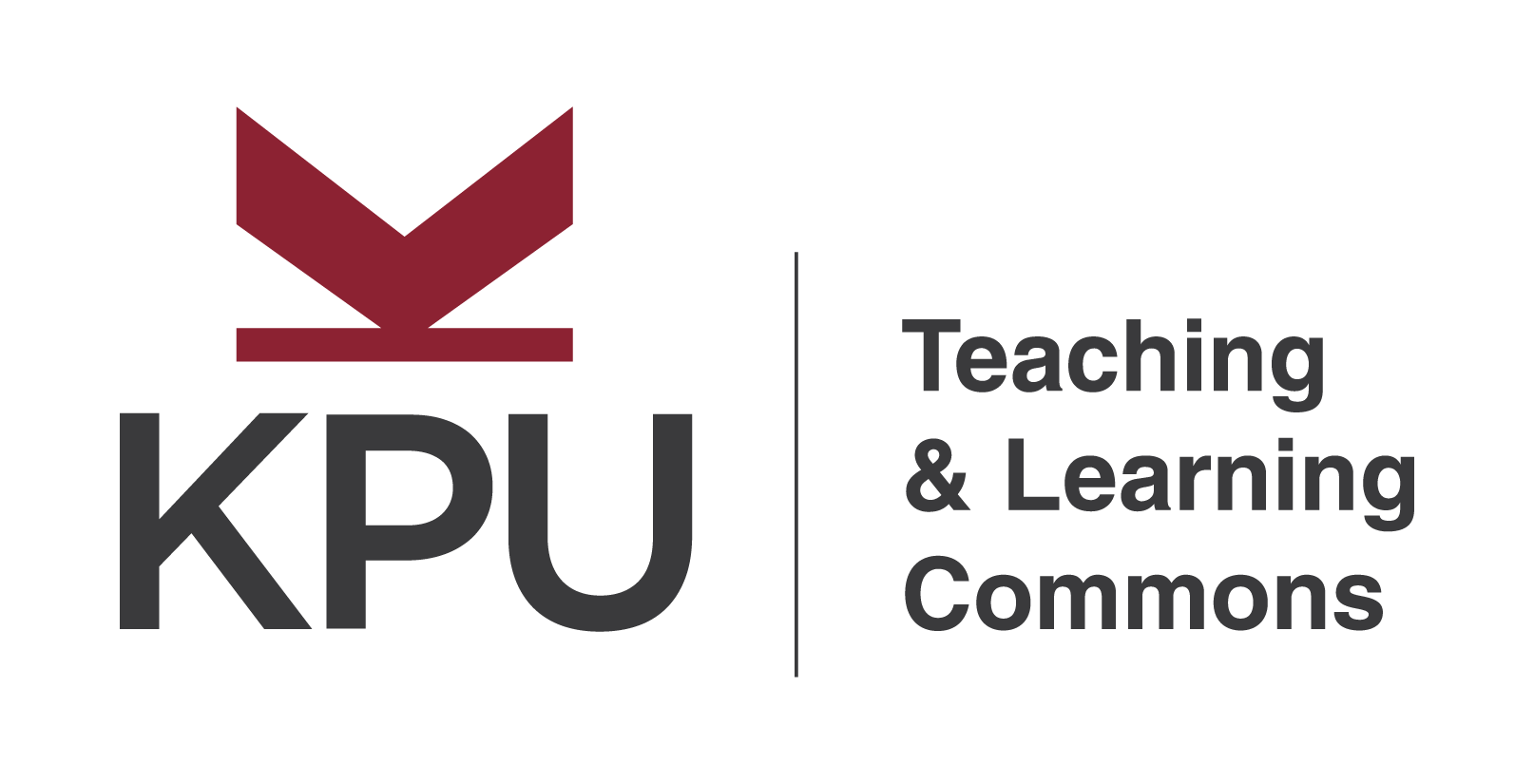Five Principles for Effective and Ethical Generative Ai Use in Your Class
Description
This introduces 5 principles to support instructors in transitioning their assignments and assessments in the wake of developments in Generative AI. More importantly, it helps instructors consider the effective and ethical use of Generative AI in a discipline specific manner that they will then teach to their students.
Objectives
Provide a broad perspective for a fulsome approach to education.
Student-Centered approach
Objectives AI
Assessments and activities are designed with AI in Mind to:
Reflect the world the students will experience as graduates.
Avoid assignments and assessments where GenAI is “tacked on”.
Steps for Activity
Instructors preparing their course syllabus, lesson plans, educational activities and assessments consider the 5 principles to meaningfully integrate GenAI into their educational plan.

